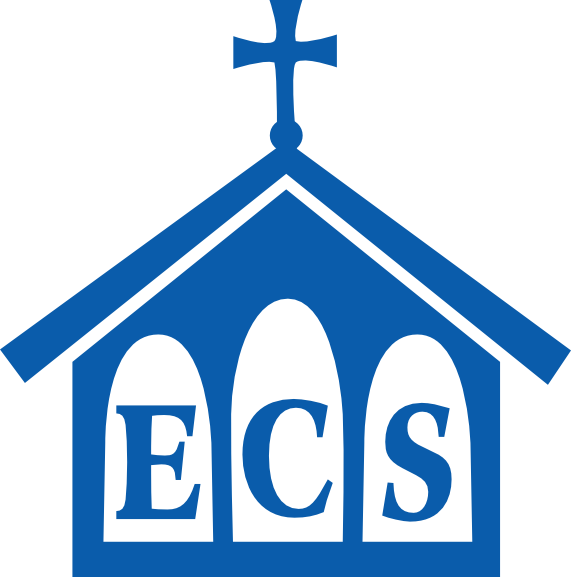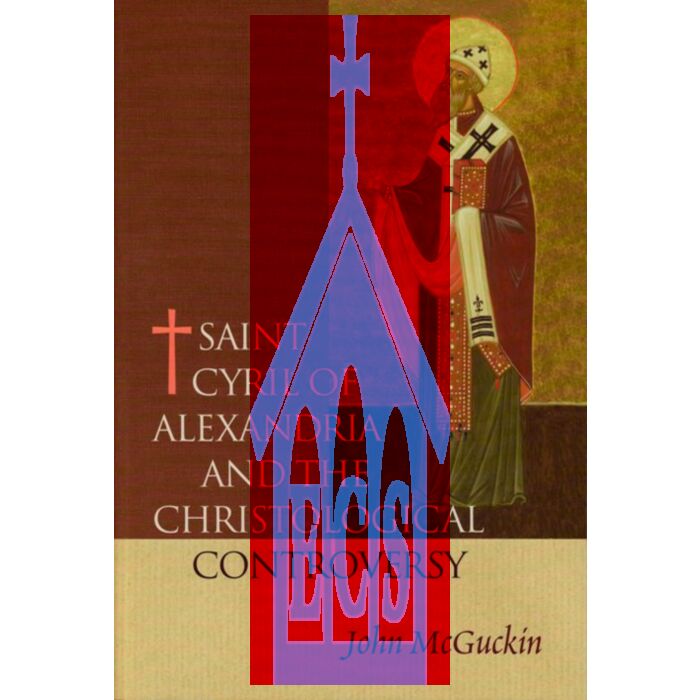This is a demo store. No orders will be fulfilled.
St. Cyril of Alexandria: The Christological Controversy; Its History, Theology, and Texts
Special Price
$40.95
Regular Price
$41.95
In stock
SKU
BKV917
by John A. McGuckin
Publication Data: Crestwood, NY: St Vladimir’s Seminary Press, 2004
Format: softcover
Number of Pages: xvi + 432
Dimensions (l × w × h): 22.8 cm × 15.4 cm × 3.3 cm
ISBN: 0‒88141‒259‒7
by John A. McGuckin
“What had been the constant belief of the Eastern Churches—namely that St. Cyril represented a ‘seal’ over all the other Fathers (that is the sphragis, or authoritative stamp that capped them)—has come to be a perspective shared more widely in European theological scholarship, which had unquestionably been hostile to him, both doctrinally and historically, in most commonly available treatments throughout the late nineteenth and twentieth centuries. [...]My work was designed from the outset as a student-friendly introduction to the fascinating events surrounding the Council of Ephesus (431), as well as a serious theological reassessment of Cyrilline theology. [...]It was meant to be usable and useful: mot a definitive ‘last word,’ but more an argument for what patristic theology looked like in full swing, as well as a major gathering of the primary texts to allow readers to research material and form their own opinions. Besides being an introduction to major events in christology and church history of the fifth century, it is (and was by design meant to be) an introduction to the contextual exegesis of patristic writings.”
—“Preface”
CONTENTS
Preface
Abbreviations
I. The Context of the Ephesus Crisis
1. The early life and writings of Cyril, 378–428
2. The Nestorian controversy:
The prelude to an oecumenical crisis
3. A year of intrigues:
The Council of Ephesus, 431
4. The long search for peace, 432–444
II. The Christology of Nestorius
1. Sources for the reconstruction of Nestorius’ teaching
2. Nestorius’ theological presuppositions and method
3. Prosopic theory:
Associative difference in Christ
III. The Christology of Cyril
1. Redemptive Deification:
Cyril’s presuppositions and major concerns
2. Henosis Theory:
Cyril’s Christological argument
3. The Cyrilline Construct
IV. The Oecumenical Reception of Cyril’s Theology
1. From Dioscorus to Chalcedon
2. Cyril and the Chalcedonian settlement
3. Cyril in the Chalcedonian aftermath
V. Translated Texts
Cyril’s Letter to the Monks of Egypt
The Second Letter of Cyril to Nestorius
The Third Letter of Cyril to Nestorius
Cyril’s Letter to Pope Celestine
Homily given at Ephesus on St. John’s day.
In the Church of St. John
Explanation of the Twelve Chapters
Scholia on the Incarnation of the Only Begotten
Cyril’s Letter to Acacius of Beroea
Cyril’s Letter to John of Antioch
Cyril’s Letter to Eulogius
First Letter of Cyril to Succensus
Second Letter of Cyril to Succensus
Nestorius’ Reply to Cyril’s Second Letter
The Synodical Deposition of Nestorius
Appendix 1. Athanasius’ Letter to Epictetus
Appendix 2. Gregory Nazianzen’s Letter to Cledonius
Study Bibliographies
Editions and Translations of St. Cyril
Bibliography A. General Historical and Theological Studies
Bibliography B. Cyrilline Studies
Bibliography C. Studies on Antiochene Christology
Bibliography D. Further Cyrilline Studies
Index of ancient names
Index of themes
Scriptural index
Maps
Format: softcover
Number of Pages: xvi + 432
Dimensions (l × w × h): 22.8 cm × 15.4 cm × 3.3 cm
ISBN: 0‒88141‒259‒7
by John A. McGuckin
“What had been the constant belief of the Eastern Churches—namely that St. Cyril represented a ‘seal’ over all the other Fathers (that is the sphragis, or authoritative stamp that capped them)—has come to be a perspective shared more widely in European theological scholarship, which had unquestionably been hostile to him, both doctrinally and historically, in most commonly available treatments throughout the late nineteenth and twentieth centuries. [...]My work was designed from the outset as a student-friendly introduction to the fascinating events surrounding the Council of Ephesus (431), as well as a serious theological reassessment of Cyrilline theology. [...]It was meant to be usable and useful: mot a definitive ‘last word,’ but more an argument for what patristic theology looked like in full swing, as well as a major gathering of the primary texts to allow readers to research material and form their own opinions. Besides being an introduction to major events in christology and church history of the fifth century, it is (and was by design meant to be) an introduction to the contextual exegesis of patristic writings.”
—“Preface”
CONTENTS
Preface
Abbreviations
I. The Context of the Ephesus Crisis
1. The early life and writings of Cyril, 378–428
2. The Nestorian controversy:
The prelude to an oecumenical crisis
3. A year of intrigues:
The Council of Ephesus, 431
4. The long search for peace, 432–444
II. The Christology of Nestorius
1. Sources for the reconstruction of Nestorius’ teaching
2. Nestorius’ theological presuppositions and method
3. Prosopic theory:
Associative difference in Christ
III. The Christology of Cyril
1. Redemptive Deification:
Cyril’s presuppositions and major concerns
2. Henosis Theory:
Cyril’s Christological argument
3. The Cyrilline Construct
IV. The Oecumenical Reception of Cyril’s Theology
1. From Dioscorus to Chalcedon
2. Cyril and the Chalcedonian settlement
3. Cyril in the Chalcedonian aftermath
V. Translated Texts
Cyril’s Letter to the Monks of Egypt
The Second Letter of Cyril to Nestorius
The Third Letter of Cyril to Nestorius
Cyril’s Letter to Pope Celestine
Homily given at Ephesus on St. John’s day.
In the Church of St. John
Explanation of the Twelve Chapters
Scholia on the Incarnation of the Only Begotten
Cyril’s Letter to Acacius of Beroea
Cyril’s Letter to John of Antioch
Cyril’s Letter to Eulogius
First Letter of Cyril to Succensus
Second Letter of Cyril to Succensus
Nestorius’ Reply to Cyril’s Second Letter
The Synodical Deposition of Nestorius
Appendix 1. Athanasius’ Letter to Epictetus
Appendix 2. Gregory Nazianzen’s Letter to Cledonius
Study Bibliographies
Editions and Translations of St. Cyril
Bibliography A. General Historical and Theological Studies
Bibliography B. Cyrilline Studies
Bibliography C. Studies on Antiochene Christology
Bibliography D. Further Cyrilline Studies
Index of ancient names
Index of themes
Scriptural index
Maps
Write Your Own Review


